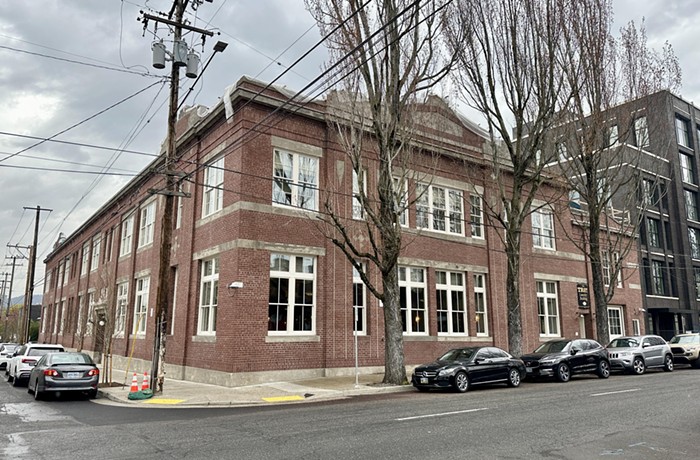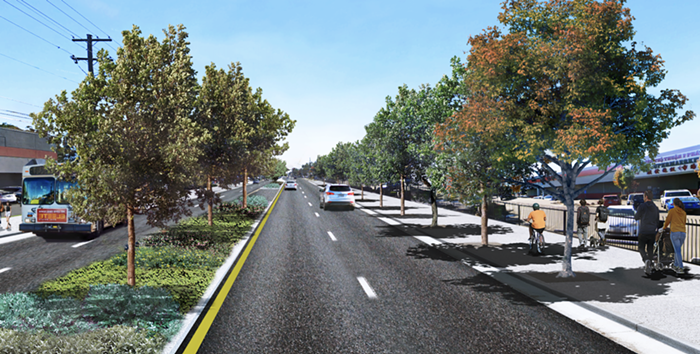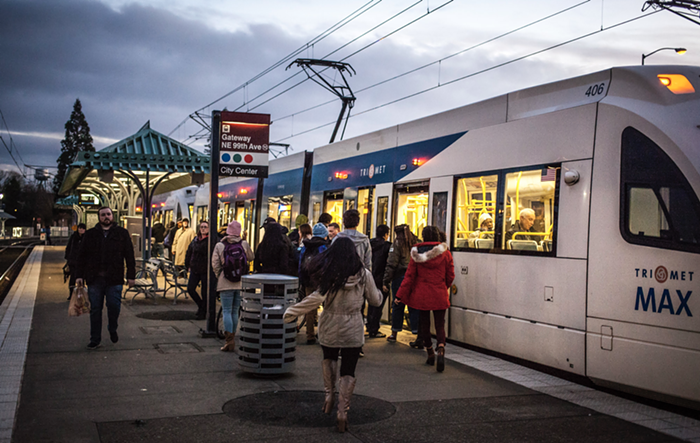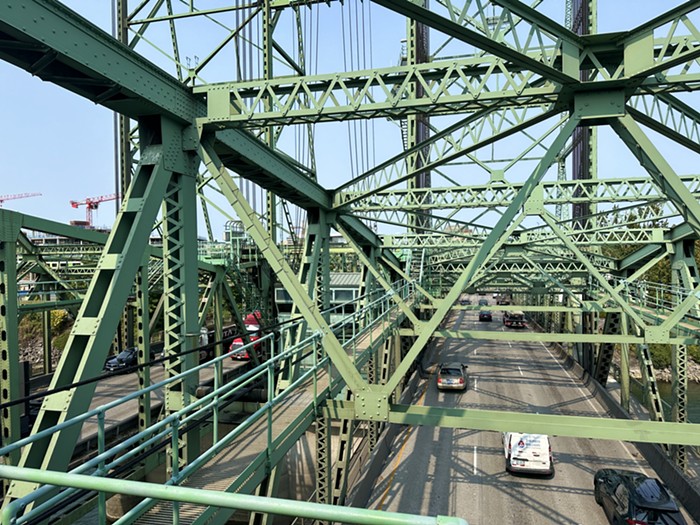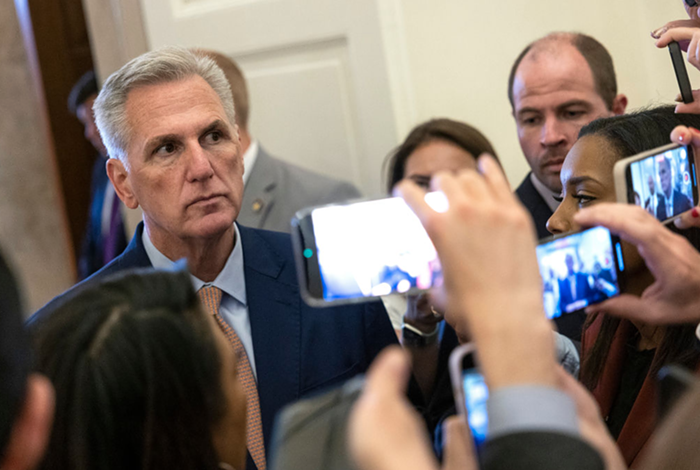
- Sam Beebe
GOOD: It promotes dense development! Rolling past the giant parking lots and empty land along NE MLK and Grand, it's obvious how much potential the inner eastside has to become much denser. Arguably the main goal of the streetcar is to promote dense development, offering carfree transportation to people living, working, or visiting the central city. An 800-unit apartment building is currently in the works to be built on an entire city block near the Lloyd Center, for example, and the streetcar could be a great way for those residents to commute downtown (though why they wouldn't take the MAX, which is only a few blocks away, is beyond me).
BAD: Not so good as actual transportation! The streetcar is slow. There's no two ways about it. The eastside loop will clock in at 32 minutes to get from NW 9th and Lovejoy to OMSI, which is five minutes longer than the trip would take on current public transit, twice as long as it would take to bike (according to Google Maps), and about nine minutes shorter than it would take to walk the same distance. Plus, the trains are only going to arrive once every 18 minutes. It's a workable system for people who can't walk or bike or who have the schedule dialed in, but even then, the bus is faster.
GOOD: It cuts car traffic. Because people are snobs who hate buses, the streetcar attracts riders who don't normally take other transit. The official numbers say the streetcar is going to reduce regional vehicle miles traveled (VMT) by 28 million per year. That's a lot of carbon cut.
BAD: Its tracks hurt cyclists. Someone needs to do a study already of the environmental and fiscal impact of 70 percent of cyclists crashing on the streetcar tracks. How much do the streetcar tracks discourage biking and scare off new cyclists in the city? I'm sure that impact doesn't rival the VMT reduced by the streetcar, but the expansion of the streetcar line is arguably not a good thing for people who bike in the city.
GOOD: It'll help eastside businesses. The streetcar will definitely bring more foot traffic to semi-desolate places like the stretch of Broadway/Weidler north of the Rose Quarter and the SE industrial lands near OMSI. Hopefully the streetcar will bring some tourist dollars to places on East Burnside and along MLK.
BAD: Um... I can't think of any downside to this. I like Sizzle Pie.
GOOD: The cars are manufactured here in Oregon. That's pretty sweet.
BAD: We have fewer streetcars because they're made in America. Manufacturing glitches at the Clackamas factory mean we have only five cars instead of six running on the new line.
GOOD: It's cheap. The streetcar-only fare is just $1. That makes it the cheapest transit you can take across the river.
BAD: It's extremely expensive. The loop cost $148.3 million, or nearly $45 million per mile. Just over half of which was paid for by the federal government. State lottery dollars covered another $20 million of the cost and the rest of the pricetag (about $55 million) comes from Portland urban renewal money and a local improvement district property tax on buildings near the new line. On the ride this morning, I asked Portland Streetcar Director Rick Gustafson about the irony of showcasing the new line while TriMet is reducing service and raising fares. "We committed to this in 2008," he said. "We're committed to it, we're obligated to build it. Yes, we have ups and downs in our economy, but long-term it's going to mean a great benefit to the city. This is going to be here in 100 years."
So. We've paid for it. We've built it. Maybe wondering whether the streetcar is a good or bad one is a moot point, since it's already here. Let's get out there and enjoy the damn thing like it just cost us $148 million! The loop opens for service on September 22nd.


